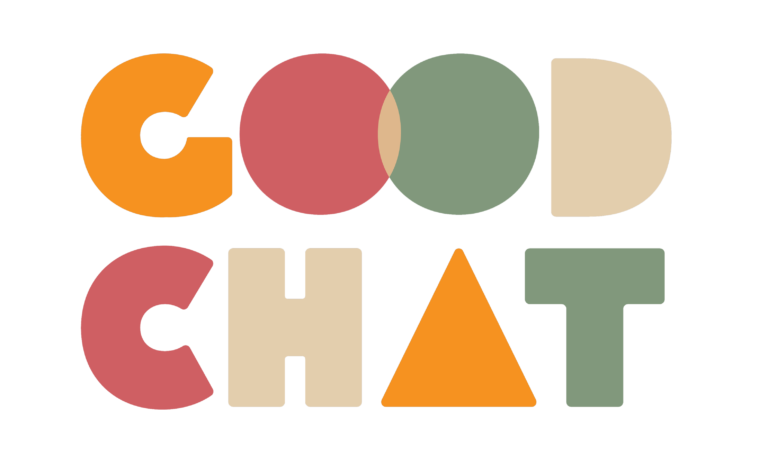For some time now, we’ve been talking about it. Our clients keep asking about it. Audiences are watching more of it. And last week, Instagram just dropped some big news: all short-form videos will now be shared as reels. Which means vertical video is most definitely here to stay.
Vertical video can send some traditional filmmakers running to the (wide, sweeping shot of the) hills. But the way audiences are watching is changing, and we need to meet them there. Cinematic camera gear is adapting to demand with portrait modes, and most editing software now exports in a range of formats. It doesn’t mean we throw horizontal out the window, but it’s a great opportunity to start thinking creatively – and strategically – about how vertical fits into the video planning mix.
So why vertical?
- Visibility | Most people are consuming short form video on their phones which gives vertical more screen real estate
- Attention | Vertical is more likely to stand out, and with no distractions when played viewers are less likely to scroll
- Intimacy | Stories feel more personal and immediate with a full screen. It’s called portrait mode for a reason!
Take this scene from our recent video for the ‘Know Your Country’ campaign. When viewed on mobile, the original format takes up only a small portion of the screen. A reformat in vertical (which could be a re-cut of key scenes) brings us up close and personal with our subject.
Not convinced? Ponder these numbers
- According to MOVR’s Mobile Overview Report, smartphone users hold their phones vertically about 94% of the time.
- According to AdNews, 70% of millennials don’t bother flipping their mobile devices horizontally when watching videos on mobile.
- Snapchat found that vertical video ads on the platform are watched all the way nine times more than videos with the traditional horizontal format.
So what’s the best way to flip your next video?
There are a few options, depending on your audience, budget and time.
- Plan in pre-production | Storyboard in vertical at the beginning of the processes when concepting. Get creative! Play with deliberate techniques – e.g a close up of a face or unusual points of view, like the examples below. This requires more work but the payoff can be well worth it.
- Reformat in post production | The quickest and easiest solution (and one we often create for clients) is to go vertical in the edit. Working with existing video or footage, we reformat images and titles in vertical or square mode. This is ideal for tight budgets or where vertical is only one part of the video mix.
- A combination | Filming in vertical doesn’t require a whole new shoot, but with some planning, replicating a few key horizontal shots in vertical mode can give us flexibility in post production, and some real attention-grabbing shots (especially the all important hook).
Most importantly – have fun, be curious, and dive in. Vertical doesn’t have to be polished and perfect, in fact it’s often better when it’s not.
If you want to switch things up and play with us, let’s chat.

